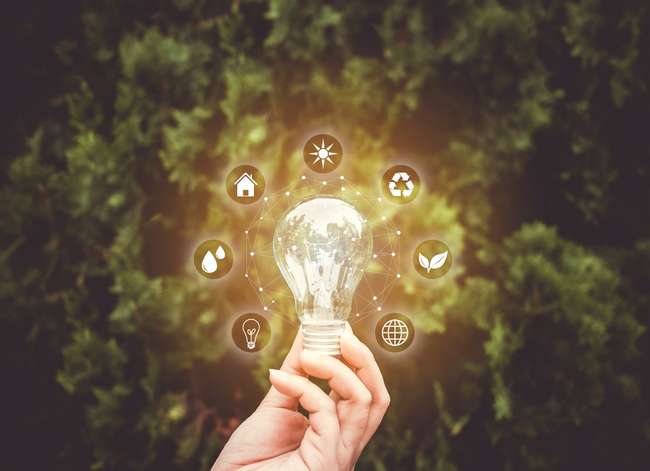

We may earn revenue from the products available on this page and participate in affiliate programs. Learn More ›
Everyone’s Energy Use Matters
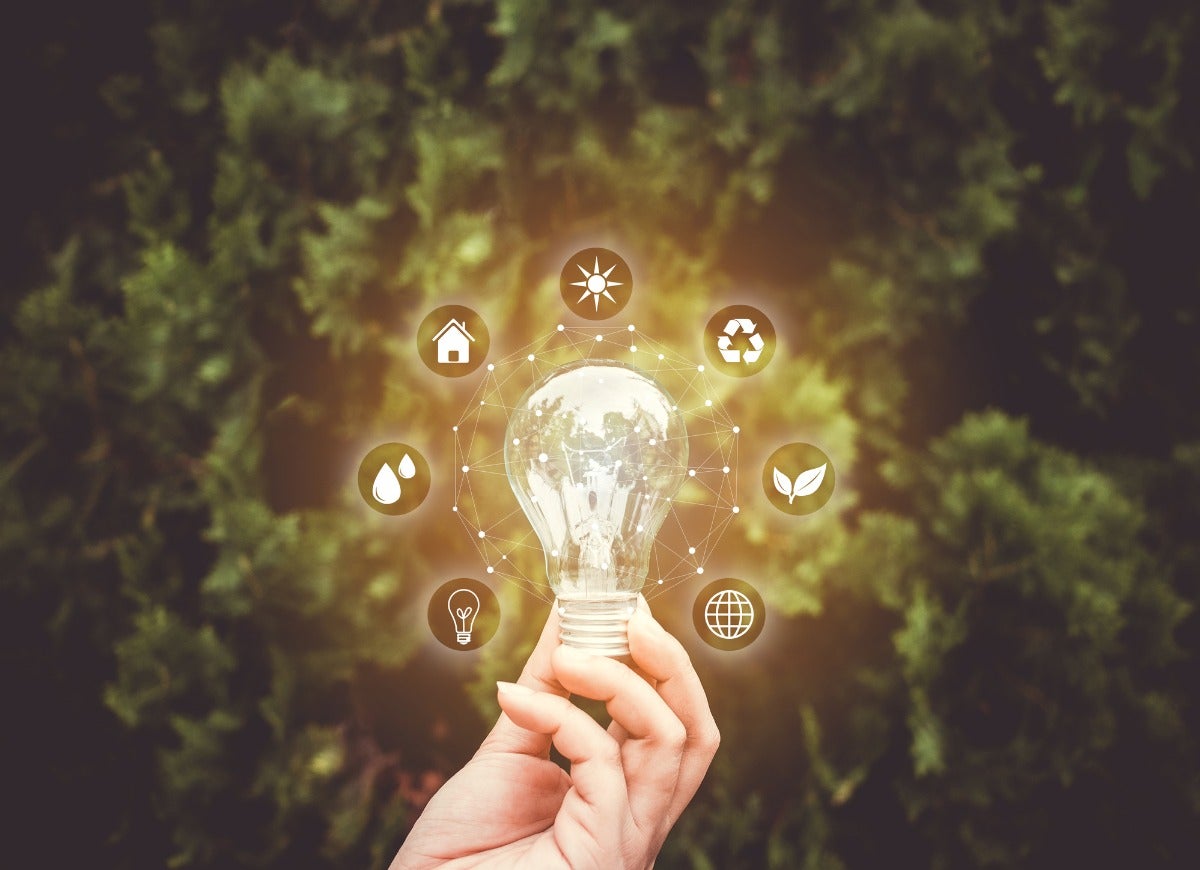
Climate change continues to progress and alter weather patterns, crop yields, and the lives of both people and animals. These changes happen on a global level, but the decisions that each of us make every day are the battles that will eventually win the war. You control how fossil fuels, electricity, and water are used in your home, which means that you have the power to combat climate change every day. Do your part in protecting the planet by learning how, when, and why to make energy-efficient changes in your home.
Know Your Energy Use
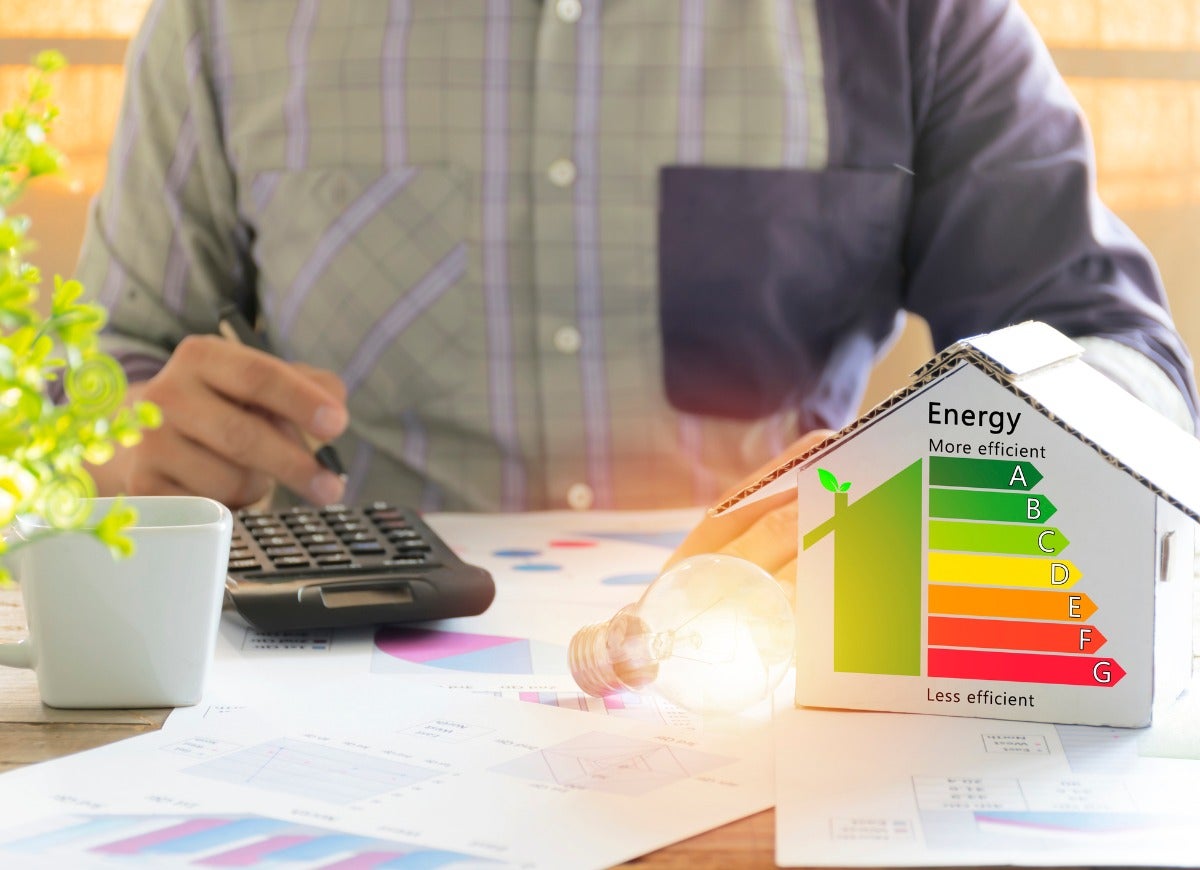
“Start by knowing where the energy is going,” suggests Mike Philips, CEO of Sense, a company that designs home energy monitors. “When you gain visibility into where energy is going, you can find low-cost ways to save.” Utility bills are a good place to start—check them to get an idea of your overall home energy use.
There are high-tech ways to gauge your energy use that will offer you better insights than your electric bill will. Smart technology, including smart plugs, monitor energy use one outlet at a time. Sense’s home monitoring system goes even further: As the monitor learns to recognize the unique electrical signatures of devices in your home, it will show you which devices are using energy and when. Finding out how much energy we waste on devices we aren’t even using is a real eye-opener.
Maintain Heating and Air Conditioning Systems
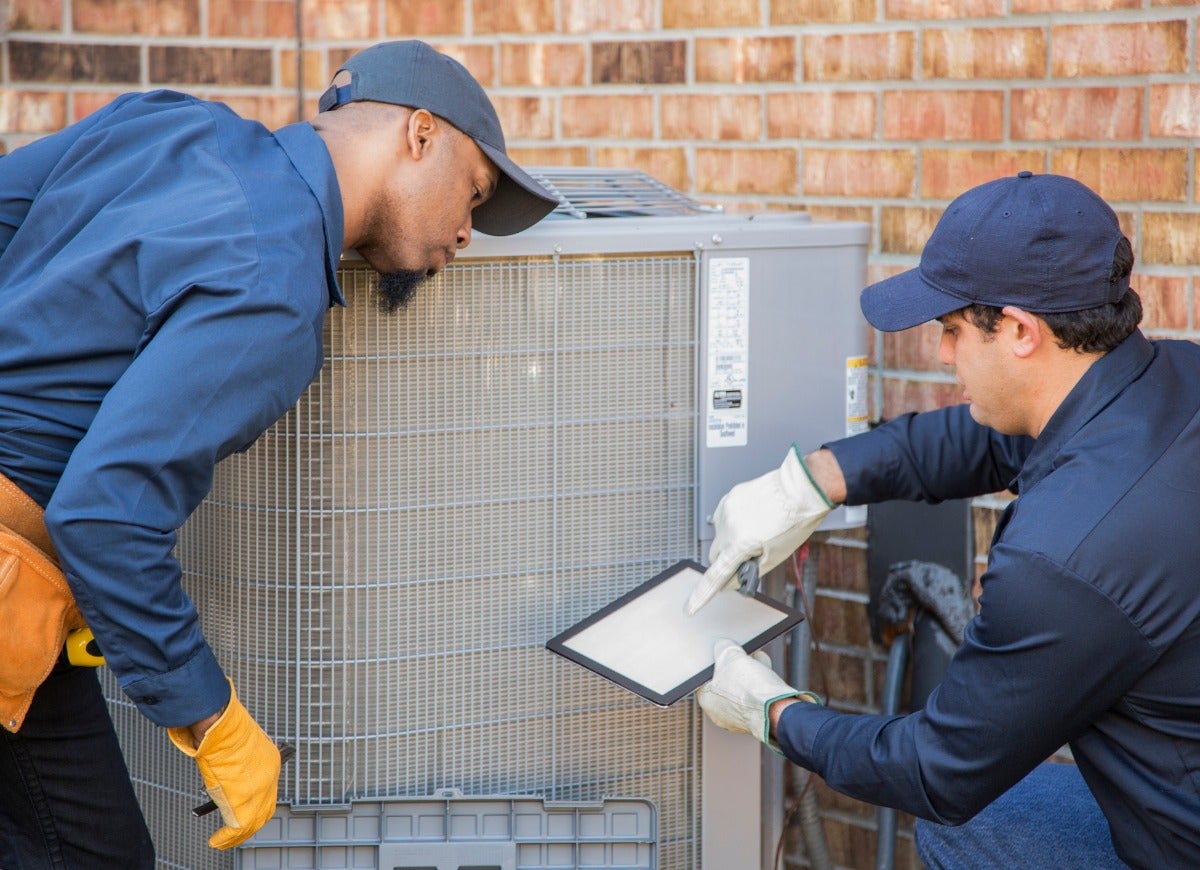
In many homes, particularly older homes, heating and air conditioning systems use more energy than any other appliances or fixtures. As these heating and cooling systems get older, they become inefficient and put out less heat or cold. Regular maintenance and cleanings will keep HVAC systems running at peak efficiency.
One way you can do your part to help the earth is to update your heating or cooling system—and transition away from coal, oil, or natural gas. Philips says that shifting to electric power can combat climate change because of growing access to clean sources of electric power. Greater access to affordable solar and wind power is bringing clean energy to many geographical areas. Technology continues to “clean up” the grid, reducing its impact on the environment.
Control Hidden Energy Use
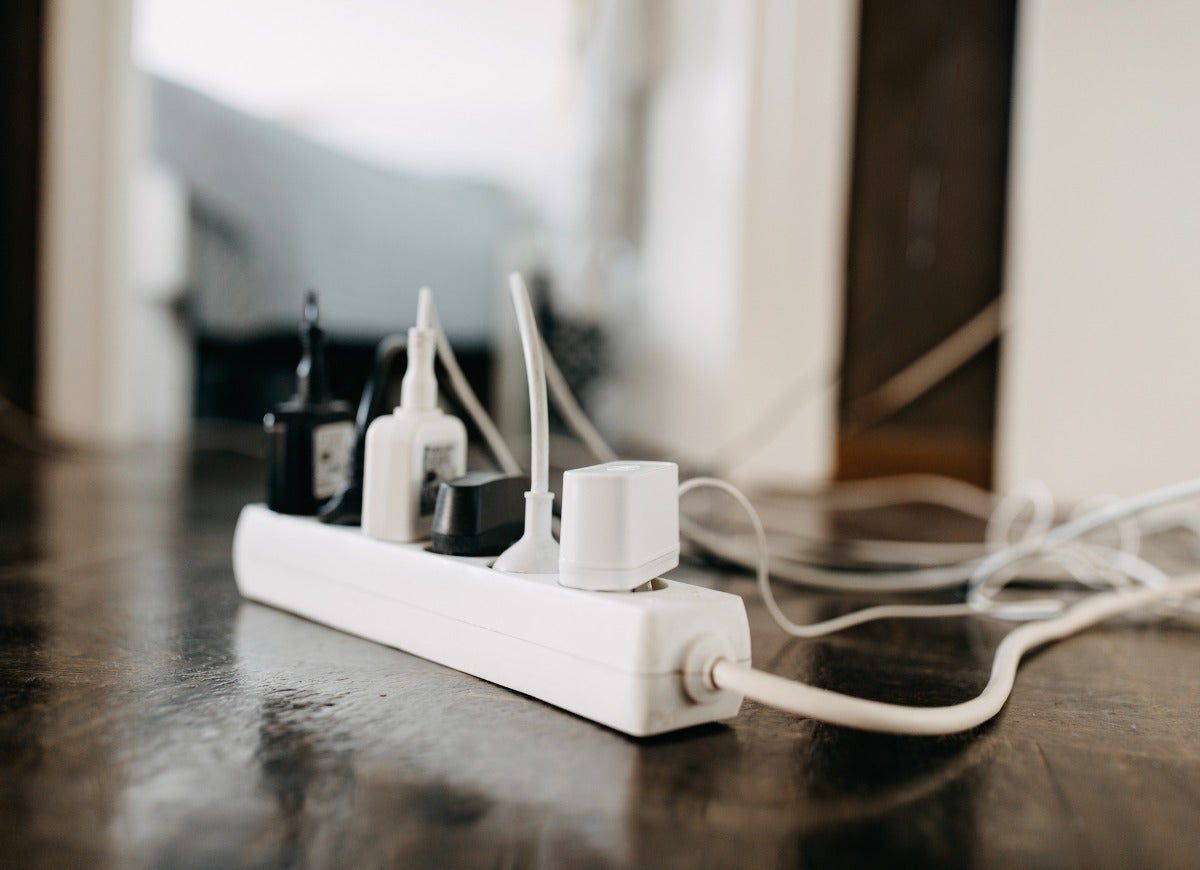
“Always on,” “phantom,” or “vampire” devices are terms that are used to describe appliances, devices, and other electronics that use energy even when they’re not in use.
“We call them energy hogs,” said Philips. “Stuff that’s using 23 percent of all electricity in the United States goes to things you think are off.” The U.S. Energy Information Administration found that totalling the amount of energy that is used by devices that are plugged in but not in use exceeds that expended on heating, cooling, or major appliances like the washer and dryer.
If you’re not using an appliance or device, turn it off or unplug it. Simplify the process by using a power strip with an on-off switch. With the flick of a single switch, you can turn off several devices that don’t need to be on unless they’re actually in use, like a game system, Blu-ray player, and sound system near an entertainment center.
Pay Attention to Utility Incentive Programs
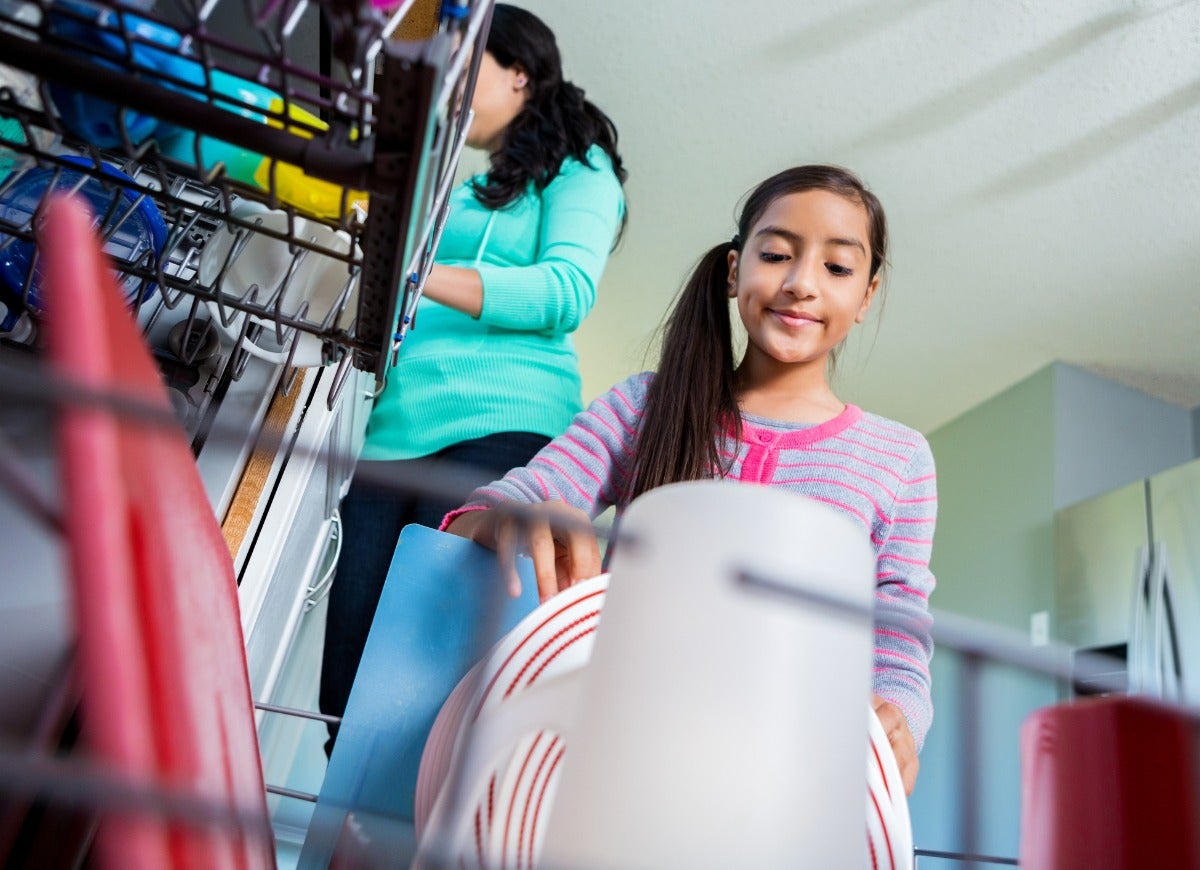
Philips recommends paying attention to “time of use rates,” or lower rates for using energy at off-peak hours. Sometimes that means running a dishwasher or clothes dryer at night when there are fewer people using electricity. However, in areas that generate a lot of solar power, some utility companies offer lower prices for midday energy use because the noonday sun creates a power surplus. Running the dishwasher, washing machine, or air conditioner at these hours can save money and combat climate change by using power when there’s an excess rather than a deficit.
Go Solar

Installing and maintaining solar technology in residential homes used to be expensive. In recent years, however, it’s become more affordable and accessible, particularly in California and the Southwest. Solar panels provide energy directly to the home, reducing a homeowner’s need to rely on utility companies for power. Solar power, in other words, is good for both the planet and your wallet.
Buy Products with the ENERGY STAR Label
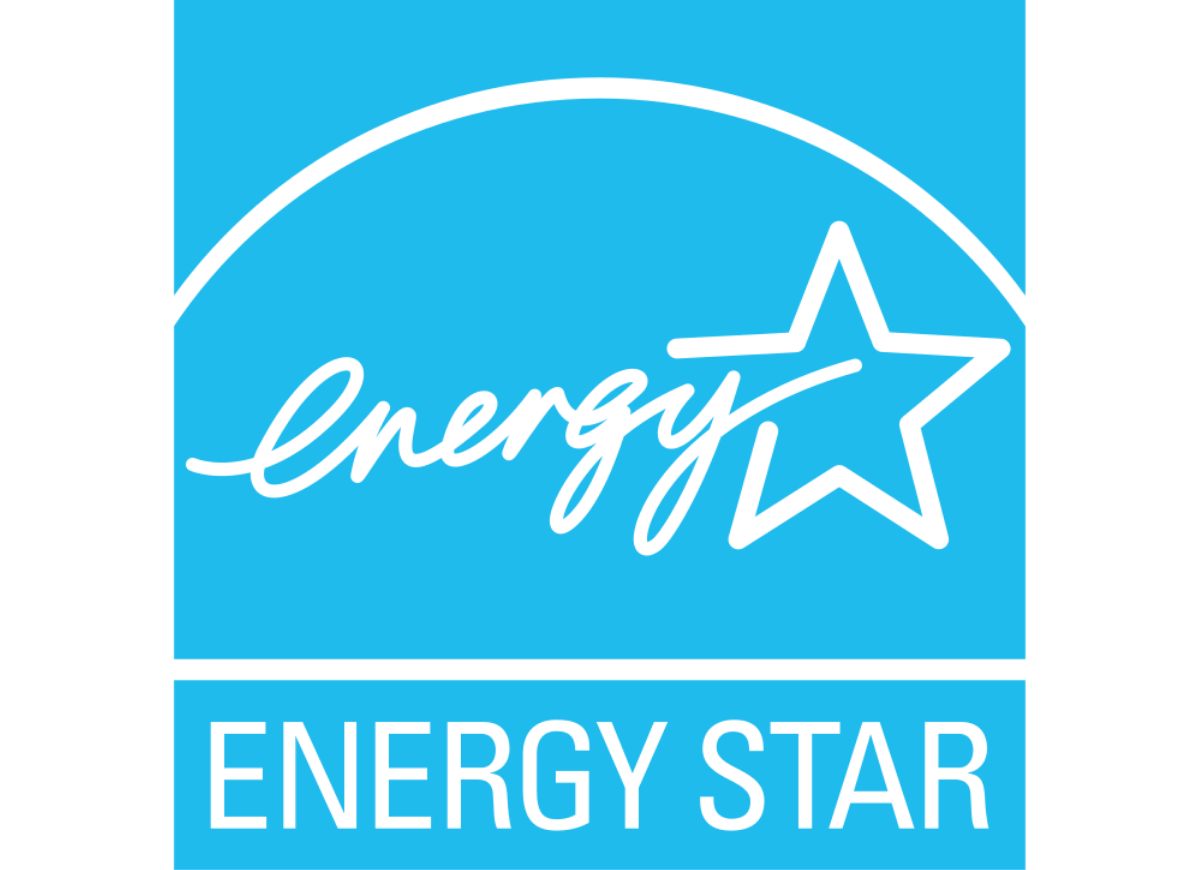
The ENERGY STAR label indicates a product that’s been independently tested and found to be energy efficient. Everything from lightbulbs and ovens to refrigerators and washing machines can carry the label. Using energy-efficient products, in turn, means that you spend less on energy costs per year. In some cases buying ENERGY STAR-labeled products can make you eligible for a rebate or tax credit, which saves you even more money.
Swap the Thermostat
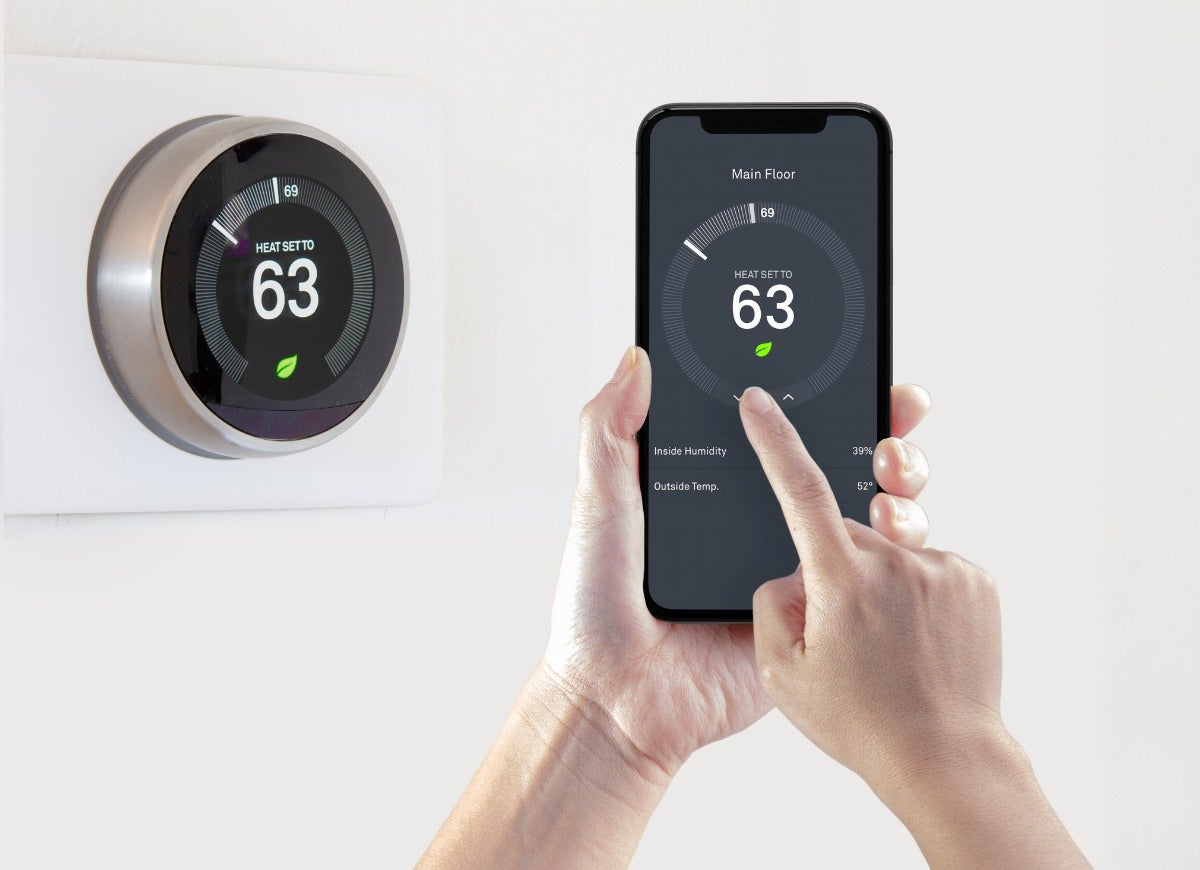
Programmable thermostats automatically adjust the temperature in your home. You won’t forget to turn the thermostat down at night because the thermostat takes care of it for you. Smart thermostats will even allow you to control the environment in your home while you’re away: For example, you can turn the air conditioning on in your house an hour before you get home from work, or turn your heater off while you’re on vacation.
Seal and Insulate to Reduce Temperature Fluctuations
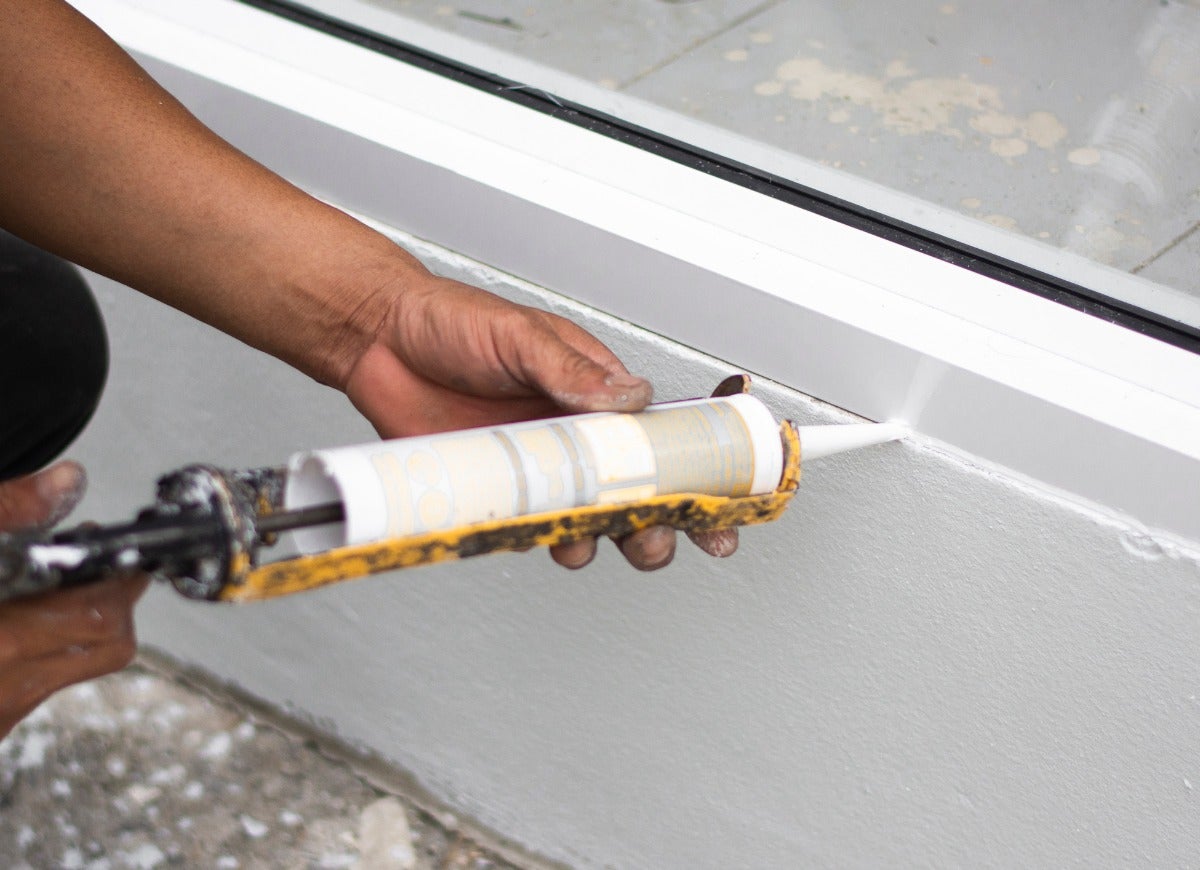
Weatherstripping and caulking keep heat and cold in or out, depending on the season. Consequently, these products reduce the need to run heating and cooling systems. Be sure to check your windows and doors for tight seals (if you see light shining through the gaps between the window or door and the trim, that’s not good), and caulk and seal them as necessary. Installing attic insulation is another way to maintain a more consistent temperature inside your home.
Monitor Water Use
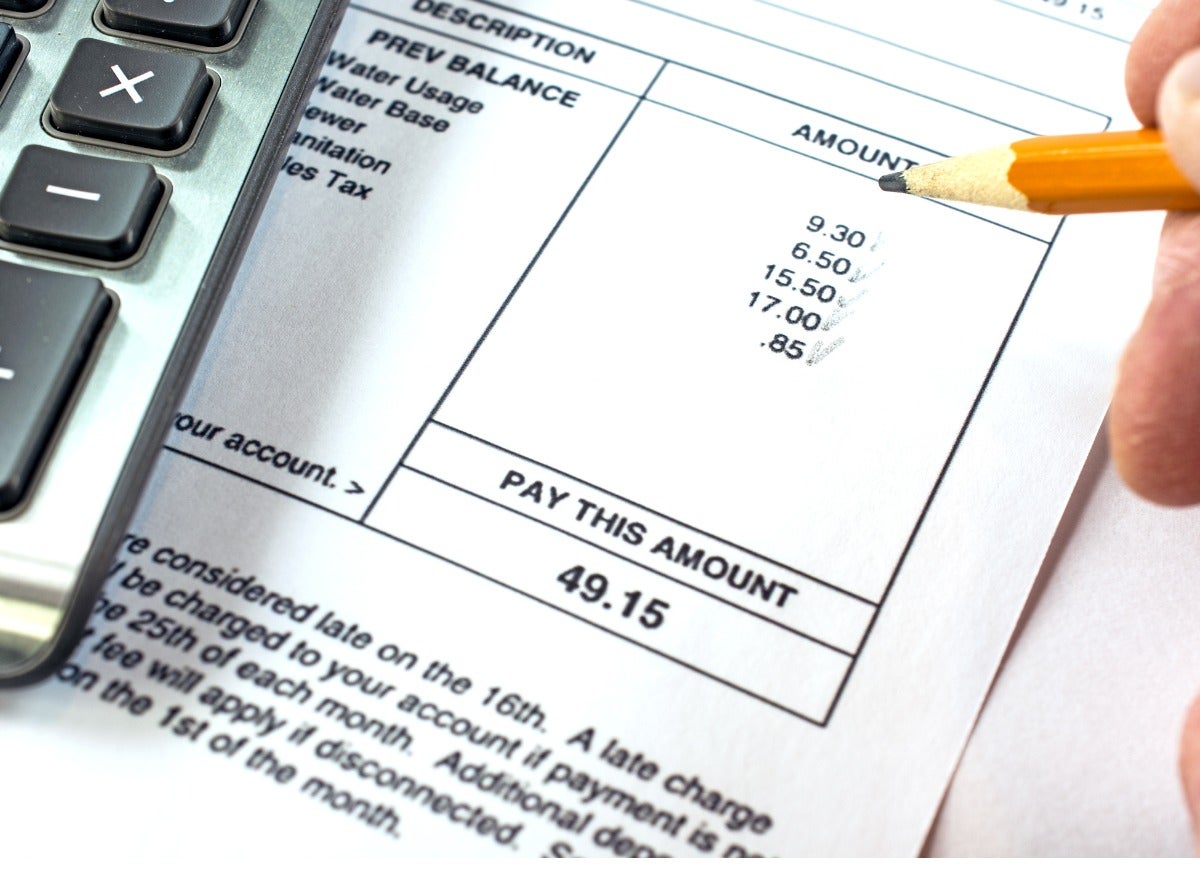
Water heaters eat up energy, but so does the process of sanitizing used water. Consequently, the less water you use, the better it is for the environment. Good water-saving practices include turning off the faucet while brushing your teeth, turning down the thermostat on the water heater, and setting a timer while you’re in the shower.

All You Need to Care for Your Lawn & Garden
Keeping your grass green and your plants thriving doesn’t just take a green thumb—it starts with the right tools and supplies.